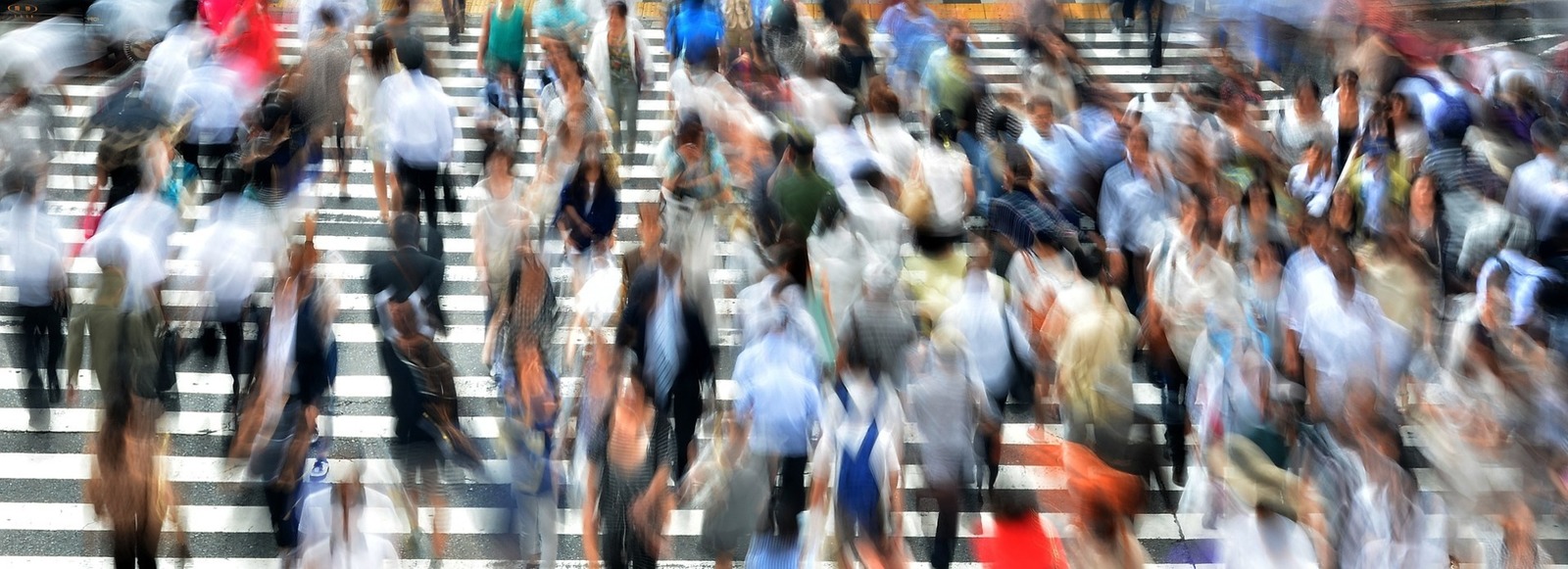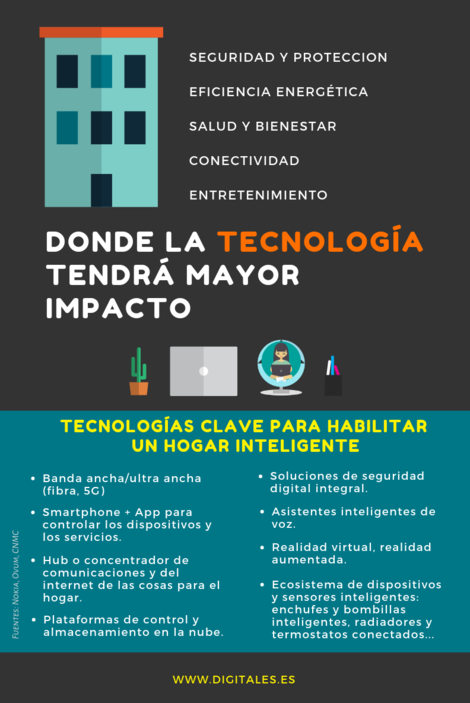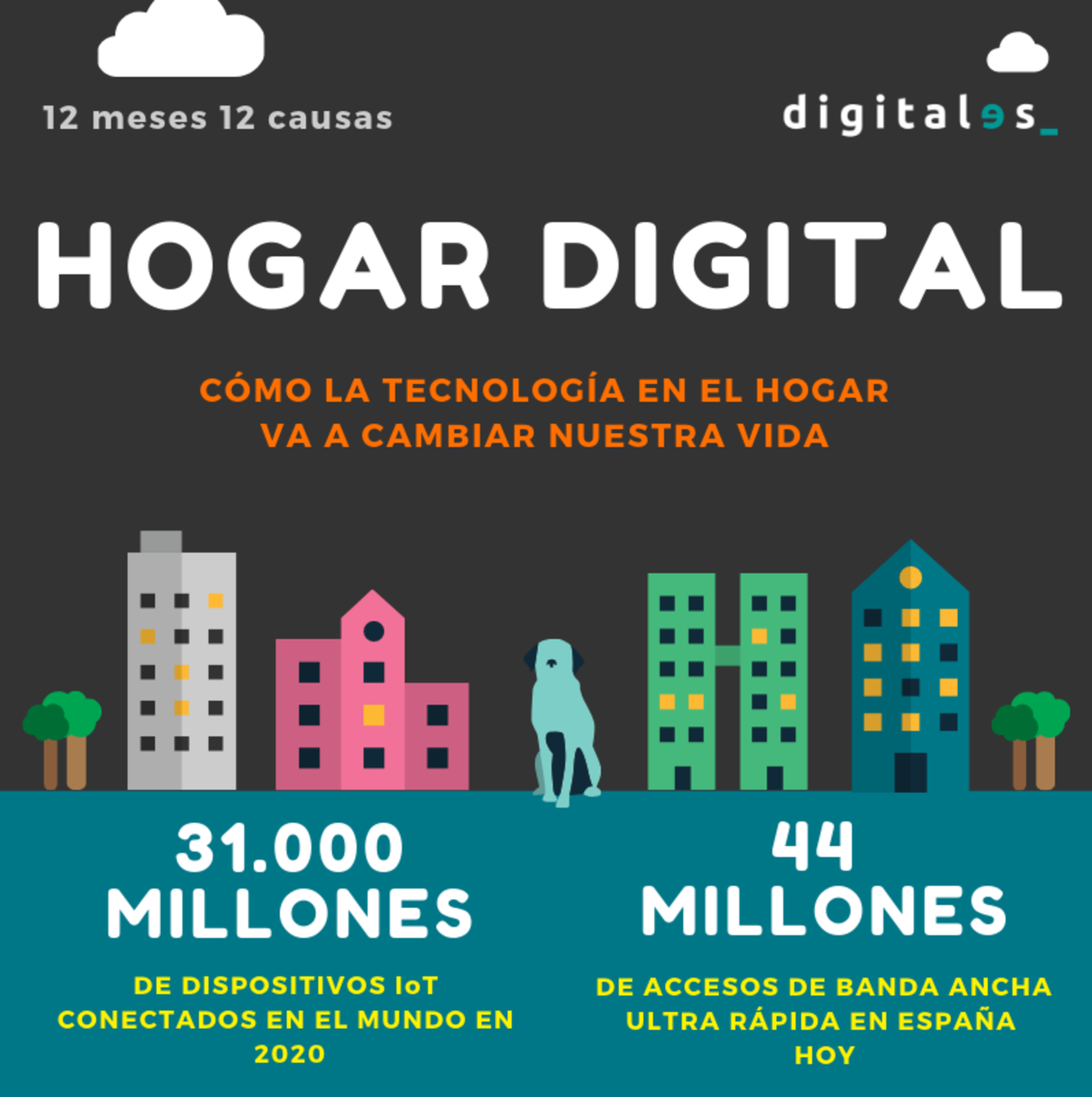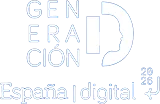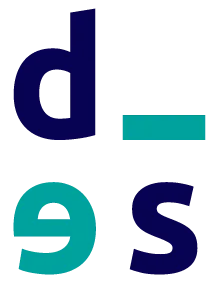17/06/2019
Many of the companies that make up DigitalES actively work on numerous technological innovations around the smart home, with the aim of being able to enjoy as soon as possible the great benefits that it brings: better quality of life, direct savings and construction of a more sustainable world.
A smart home is, for example, a great option to help older people maintain their independence and stay connected with their loved ones. As this video from Nokia shows, the world becomes a quieter and safer place thanks to IoT technology and connected devices.
How will this massive presence of the Internet affect our lives? It is no longer just the mobile. From the doors to the oven, to the toothbrush, they will be constantly connected, gathering information about the most daily tasks, and letting us know when we have to turn off the light or lower the thermostat. Or doing it directly if that is our desire.
active fiber optic lines and penetration of 44%, which means more customers than in Germany, the United Kingdom, France and Italy combined. In addition, according to data from the CNMC, in Spain there are already more than 54 million new generation broadband accesses that allow very high speed connections (more than 30 Mbps).
It’s not the only requirement, of course. In addition to a good 5G connection, you must have a smartphone and an app to control the services; smart voice assistants; digital security solutions; cloud storage and control platforms; and of course an ecosystem of sensors and smart devices, such as padlocks, light bulbs, smoke sensors, windows, screens or smart switches. All without forgetting other technologies such as virtual reality, augmented reality or IFTTH logical programming, which will also contribute greatly to build the digital home in Spain.
Maybe in the very near future you do not have to ask yourself what you can do for your home, but what she can do for you. These are some of the fields where the digital home will change the most (for the better).
Security and protection
Thanks to intelligent sensors, the smart home can detect and warn of a possible fire or a leak of water or gas. Or if we leave an appliance on or unattended, such as an oven or iron.
There are intelligent sensors in doors, windows and glass that detect intruders and can alert us immediately or send a warning to the security company, and also wireless cameras that can not only be used for security against theft, but also for help those people who live alone and who, at any time, can make a video call and talk with their relatives or loved ones.
Energy efficiency
Smart home sensors control the temperature and turn the lights on and off in a room when someone enters or leaves.
We can turn on or off the heating or air conditioning automatically and intelligently, for example, depending on who is at home: the smart home knows who is at home and what patterns of use we have of the rooms . Thus, if someone at home in a certain time zone only frequents a bedroom and living room, the intelligent heating system will make the radiators (which will be connected by WiFi) of the other rooms do not turn on.
Health and Wellness
The smart home communicates with portable devices such as wearables, monitors and health sensors, to continuously monitor vital parameters and constants, such as heart rate, blood pressure or glucose levels. Sensors can also detect if a person falls and emit an alert, remind a person to take their medication or track routine movements and activities such as opening the refrigerator or turning on an electrical appliance. When deviations are detected in daily routines or abnormal or erratic vital signs are recorded, a doctor is contacted automatically (who can call the person to see how he is doing, reassigning the dose of a medication, etc.), with the members of the family or with the emergency service.
Connectivity
The smart home allows medical checks through telemedicine; enables older people to contact their family at the touch of a button on a smartphone; or it allows the family to check how an elderly person is with a video call in real time.
Entertainment
The possibilities here are innumerable. Thanks to virtual reality, we can enjoy a sports or musical show from the sofa of our house as if we were in the stadium or concert hall, with an immersive experience that is difficult to imagine until now. We can design a virtual living room in which to share a television space with our friends and family, as if they were sitting next to us. We can use augmented reality to have virtual video screens anywhere in the house, with 8K resolutions and 360 configurations.


